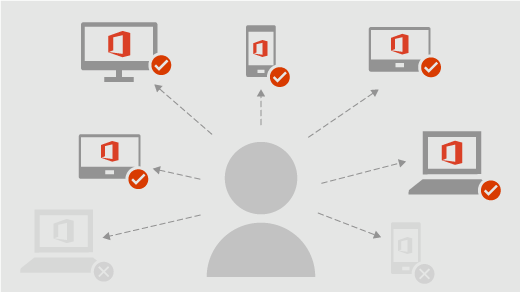
Because a label is stored in clear text in the metadata for files and emails, third-party apps and services can read it and then apply their own protective actions, if required. For example, Personal, Public, General, Confidential, and Highly Confidential.Ĭlear text. Specific to your organization and business needs, you can create categories for different levels of sensitive content in your organization. When you assign a sensitivity label to content, it's like a stamp that's applied and is:Ĭustomizable. New features are being developed all the time that support sensitivity labels, so you might also find it useful to reference the Microsoft 365 roadmap. With sensitivity labels, you can classify data across your organization, and enforce protection settings based on that classification.įor more information about these and other scenarios that are supported by sensitivity labels, see Common scenarios for sensitivity labels. In all these cases, sensitivity labels in Microsoft 365 can help you take the right actions on the right content. Based on this information, you can always choose to apply protection settings later. This provides users with a visual mapping of classification to your organization's label names, and can use the labels to generate usage reports and see activity data for your sensitive content. You can also simply assign a label as a result of classifying the content.

Using the Microsoft Information Protection SDK, third-party apps can read sensitivity labels and apply protection settings.Ĭlassify content without using any protection settings. The schematized data assets include SQL, Azure SQL, Azure Synapse, Azure Cosoms, and AWS RDS.Įxtend sensitivity labels to third-party apps and services. For example, set privacy settings, external user access and external sharing, and access from unmanaged devices.Įxtend sensitivity labels to Power BI: When you turn on this capability, you can apply and view labels in Power BI, and protect data when it's saved outside the service.Įxtend sensitivity labels to assets in Azure Purview: When you turn on this capability, currently in preview, you can apply your sensitivity labels to files and schematized data assets in Azure Purview. Protect containers that include Teams, Microsoft 365 Groups, and SharePoint sites. With Defender for Cloud Apps, you can detect, classify, label, and protect content in third-party apps and services, such as SalesForce, Box, or DropBox, even if the third-party app or service does not read or support sensitivity labels. Protect content in third-party apps and services by using Microsoft Defender for Cloud Apps. Supported on Windows, macOS, iOS, and Android. Supported by Word, Excel, PowerPoint, and Outlook on the Office desktop apps and Office on the web. Protect content in Office apps across different platforms and devices. Content markings include headers and footers as well as watermarks, and encryption can also restrict what actions authorized people can take on the content. For example, apply a "Confidential" label to a document or email, and that label encrypts the content and applies a "Confidential" watermark.

Provide protection settings that include encryption and content markings. If you use the Azure Information Protection unified labeling client and scanner, see the Azure Information Protection Premium Government Service Description. To apply sensitivity labels, users must be signed in with their Microsoft 365 work or school account.įor US Government tenants, sensitivity labels are now supported for all platforms. In this example, the applied label displays on the status bar: Sensitivity labels from the Microsoft Information Protection solution let you classify and protect your organization's data, while making sure that user productivity and their ability to collaborate isn't hindered.Įxample showing available sensitivity labels in Excel, from the Home tab on the Ribbon. And when it roams, you want it to do so in a secure, protected way that meets your organization's business and compliance policies. This means that content no longer stays behind a firewall-it can roam everywhere, across devices, apps, and services. To get their work done, people in your organization collaborate with others both inside and outside the organization. The information on this page is for IT administrators who can create and configure those labels. If you're looking for information about sensitivity labels that you see in your Office apps, see Apply sensitivity labels to your files and email in Office.


 0 kommentar(er)
0 kommentar(er)
